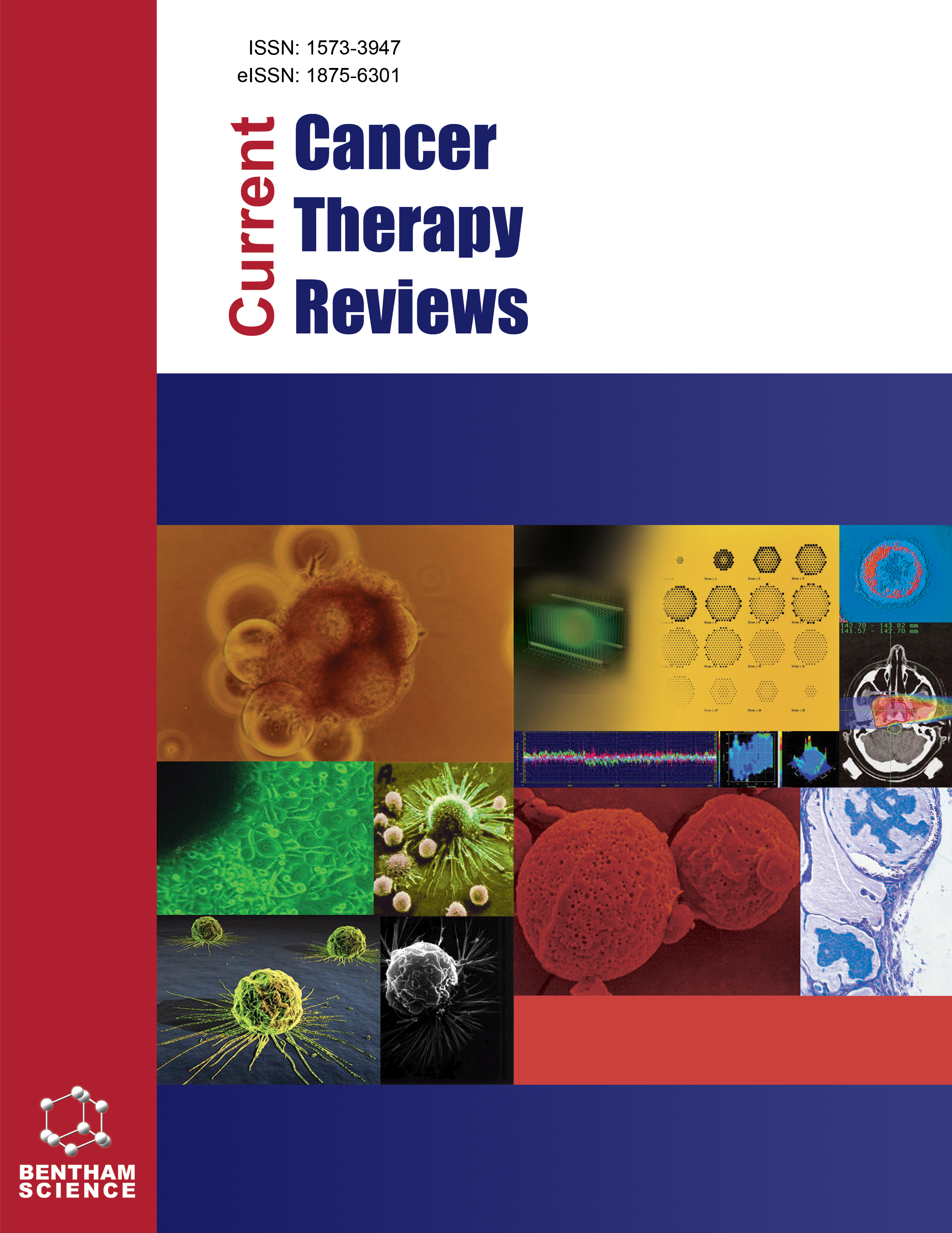
Full text loading...
We use cookies to track usage and preferences.I Understand

Lung cancer has become one of the leading causes of death worldwide, following cardiovascular disease. It is defined as a disease in which lung cells divide uncontrollably, forming tumors that can either remain localised or spread to other parts of the body. Patients with lung cancer often experience symptoms, such as shortness of breath, pain, and loss of appetite, which can significantly impact their quality of life. Additionally, the treatment of lung cancer, particularly chemotherapy, can cause severe adverse effects. Risk factors, such as smoking, and alcohol consumption, can increase the likelihood of developing lung cancer. Therefore, it is essential to provide palliative care to all lung cancer patients to manage their symptoms and improve their quality of life. Simply relying on curative treatments, like chemotherapy and radiation therapy, may not be enough to achieve therapeutic goals. Effective communication between healthcare professionals and patients is crucial in ensuring that appropriate palliative care is provided. Misunderstandings can arise if there are gaps in communication between patients and healthcare professionals, leading to suboptimal care plans. Unfortunately, palliative care services are still not widely known or easily accessible. More research is needed to promote and expand access to palliative care services for patients with lung cancer. This review summarises the etiological factors, consequences, symptoms management, and the beneficial role of palliative care in surgery, chemotherapy, and radiotherapy for lung cancer patients. It also discusses implications for practice and research, as well as challenges in palliative and end-of-life care for these patients.

Article metrics loading...

Full text loading...
References


Data & Media loading...